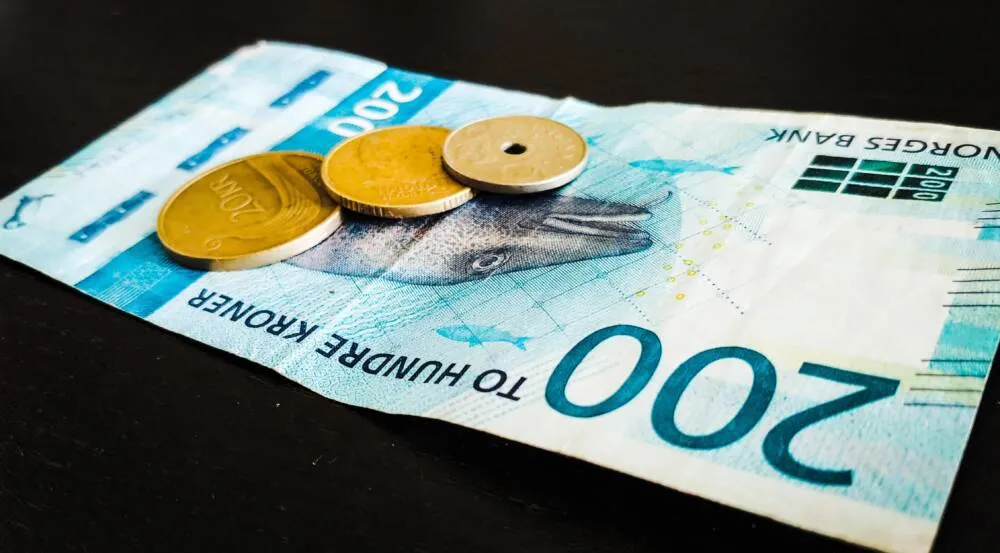From 1997 until about 2014, there was a trend of increasing inequality in the distribution of wages in Norway, with the lowest wages lagging behind high-paid jobs, writes Statistics Norway
In the years after 2015, this trend lost momentum and stopped. In 2021 and 2022, we again saw an increase in inequality in the distribution of wages in Norway. This development is largely due to the fact that occupations at the top of the distribution have seen greater wage increases than other groups further down the wage distribution. At the same time, the group with the lowest earnings did not lag behind the group with the highest earnings.
We observe this change whether we measure pay inequality using the difference in earnings between the highest and lowest paid or the Gini coefficient.
Also read: What influences the price of car insurance?
All positions included in the wage statistics cover a wide range of occupations, such as apprentices in education, pupils and students working in educational settings and retirees working part-time. These groups are often at the lower end of the salary distribution. That is why in the report we decided to pay special attention to full-time work, without interns. Wage distribution only for full-time employees, without apprentices, has been shifted towards higher wages. Full-time workers have higher monthly wages than part-time workers and apprentices, both mean and median.
Industries with lower wage levels are characterized by much less inequality
As we read further, inequality in the distribution of wages may be influenced by many different factors. Our emphasis is on describing how various characteristics of wage statistics break down from lower to higher wages. There are wide differences in pay distribution and pay inequality, for example between industries, sectors and regions. Among other things, we find a clear relationship between salary levels and salary ranges. Industries with high wage levels are characterized by larger wage differences compared to other industries.
Accommodation and catering, lower-wage industries, have much less inequality in the distribution of wages than higher-paying industries such as finance and insurance. Nevertheless, we see that the monthly salary in the vast majority industries on the Norwegian labor market is at the level of the average salary. Inequality across industries or sectors is somewhat more diffuse, but the main weight of industries is not far from what we find for all jobs. The report also includes centrality to look at differences in wage distribution in highly centralized areas, such as Oslo and smaller and less populated parts of the country. The wage gap is generally smaller in less central areas, but the labor market is also different, which in turn affects the observed wage gap.
Nearly 1 in 4 full-time private sector jobs will be in the top 10 percent or lowest wage 10 percent in 2022. At the same time, the private sector provides more than 95 percent of jobs in the top XNUMX percent of jobs. Municipal administration has its center of gravity towards the center of the distribution, while state administration has a greater share of jobs from the center of the distribution upwards. This is closely related to the type of tasks being solved and the type of workforce needed by the state administration.
Norway is one of the countries with the smallest wage differences
Statistics reported to the OECD show that Norway is among the countries with the smallest pay gaps, regardless of which measure of inequality is used. Our neighbors, the Nordic countries, are also among the countries with smaller pay gaps than most other countries, whether we look only at Europe or at countries in other parts of the world.
How much do we earn on average in Norway per year?
The annual salary for a full-time job in 2022 was on average Nok 634.
The annual salary in wage statistics is a calculated amount that is the sum of the agreed remuneration, bonuses and irregular allowances. Overtime pay, benefits in kind, holiday pay allowances and severance pay are not included. Outstanding payments for salary settlements or salary promotions paid in the current year are taken into account.
Like us on Facebook and share our post with others
Source: Statistics Norway
Also read: Switching to winter tires: Good tires are a key element of safety



